The Waste Saver GOLD Standard supports to the following UN Sustainable Development Goals:
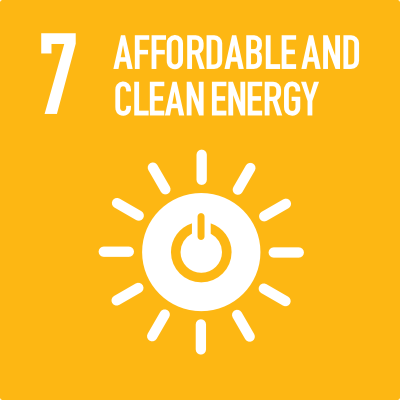
Ensure access to affordable, reliable, sustainable and modern energy for all
- Promoting the adoption of anaerobic digestion to encourage the beneficial and environmentally friendly utilization of organic materials, while also producing clean and sustainable energy
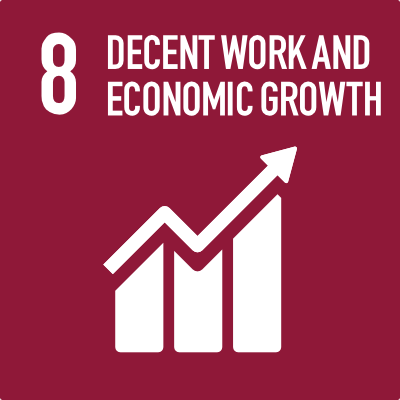
Promote sustained, inclusive and sustainable economic growth, full and productive employment and decent work for all
- Generating employment opportunities in recycling, reuse, and redesign sectors, which offer tenfold more jobs compared to waste-to-landfill practices
- Supporting the well-being and safety of waste management workers and the responsible handling of hazardous waste
- Cultivating a closed-loop system that enables economic productivity without compromising the planet or depleting its finite resources
- Promoting the engagement of every employee in company-wide efforts to reduce waste by incentivising participation, integrating zero-waste practices into training, and ensuring transparent communication regarding program updates, accomplishments, and opportunities
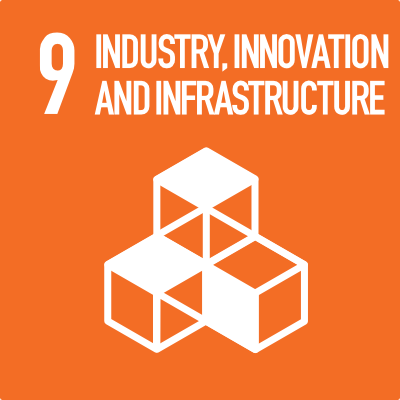
Build resilient infrastructure, promote inclusive and sustainable industrialization and foster innovation
- Identifying waste reduction opportunities within daily operations upstream to prevent waste before it enters the supply chain
- Creating innovative systems that prioritize reuse and decrease the use of single-use, disposable materials
- Supporting the development of organization-wide policies to endorse comprehensive, sustainable manufacturing processes and best practices
- Dedicating to ongoing enhancements that decrease the remaining waste sent to landfills, incineration, and the environment
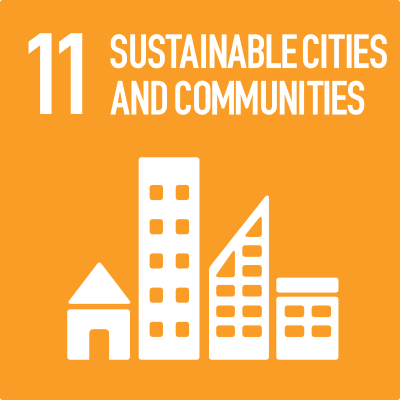
Make cities and human settlements inclusive, safe, resilient and sustainable
- Emphasizing sustainable upstream practices like redesign, reduction, and reuse to address waste by preventing its initial creation
- Reduce carbon footprints linked with transporting and disposing of waste materials in landfills and incinerators through zero waste strategies
- Promoting healthier communities by reducing dependence on conventional waste management systems that compromise air quality
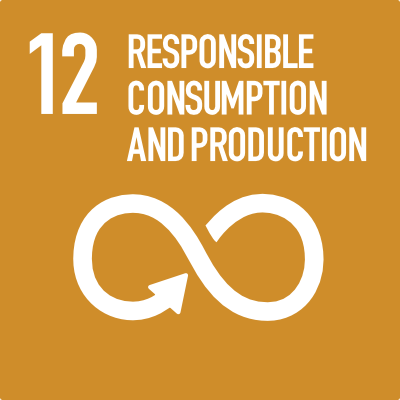
Ensure sustainable consumption and production patterns
- Minimizing the materials and natural resources required for new products by employing systems that incentivize upstream management, redesign, reuse, recycling, and product circularity
- Establishing a more sustainable supply chain by urging suppliers to adopt comprehensive zero waste policies, practices, and reporting
- Eliminating food waste from production and supply chains whenever feasible
- Utilizing surplus food effectively, monitoring and evaluating diversion efforts over time
- Advocating for sustainable consumption and zero waste lifestyles through webinars and resources
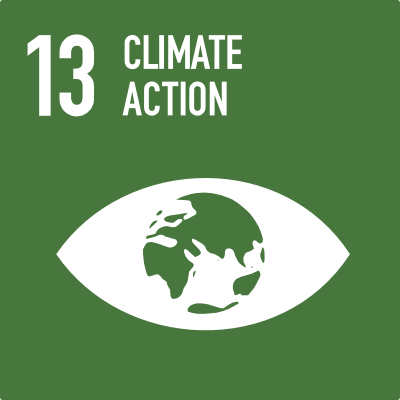
Take urgent action to combat climate change and its impacts
- Mitigating greenhouse gas emissions from landfills, a significant driver of climate change, by advocating for efficient materials management upstream and endorsing alternative disposal methods like reuse, donation, recycling, and composting
- Enhancing supply chain resilience against climate-related disruptions through maximizing overall resource efficiency
- Minimizing waste pollution to ecosystems, thereby enhancing environmental conditions and bolstering society's resilience against natural disasters
- Educating about the pivotal role of materials management in addressing the climate crisis and promoting cost-effective, innovative solutions that prioritize the establishment of closed-loop systems
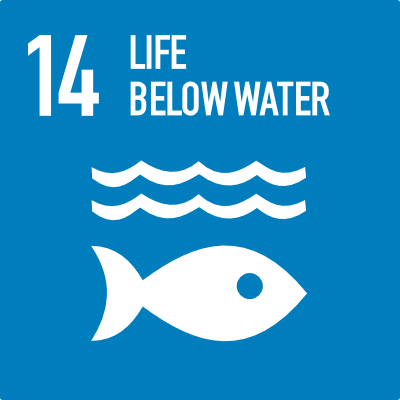
Conserve and sustainably use the oceans, seas and marine resources for sustainable development
- Safeguarding water-related ecosystems from waste and hazardous chemicals by implementing policies and practices that eschew their use, eradicate dumping, and advocate for proper management
- Addressing marine pollution through strategies focused on waste reduction, including renegotiating agreements, redesigning products for reuse and recycling, and prioritizing environmentally preferable goods throughout the production chain
- Alleviating eutrophication resulting from chemical fertilizer use by advocating for natural landscape care methods, including the composting of facility by-products
- Mitigating greenhouse gas emissions responsible for ocean acidification by minimizing the volume of waste directed to landfills and incinerators through the adoption of zero waste policies and strategies
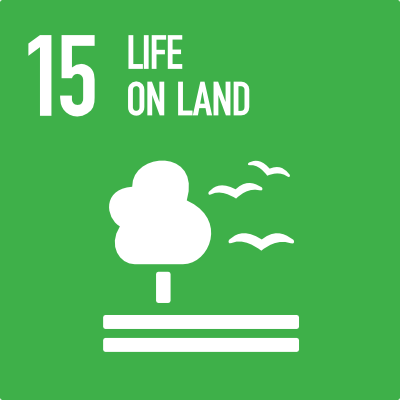
Protect, restore and promote sustainable use of terrestrial ecosystems, sustainably manage forests, combat desertification, and halt and reverse land degradation and halt biodiversity loss
- Preserving forests and habitats by acquiring sustainable wood and paper products certified by globally acknowledged organizations such as the Forest Stewardship Council (FSC), Sustainable Forestry Initiative (SFI), and Programme for the Endorsement of Forest Certification (PEFC)
- Addressing ecosystem degradation and biodiversity loss resulting from raw material extraction through the practices of material reuse, donation, upcycling, and recycling
- Executing strategies to redirect waste away from landfills and incineration plants, thereby preventing disruption to natural environments and reducing pollution

